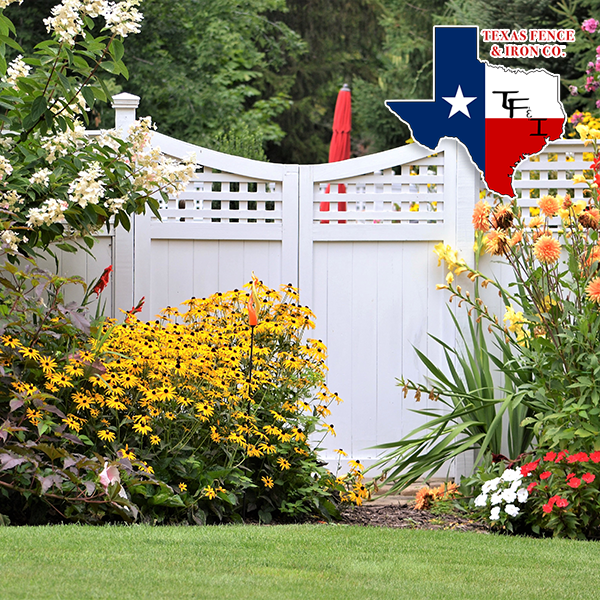Tips for Whitewashing Your Fence
Installing a new fence can increase the appeal of your property, but does it showcase the character of your home? If a distinctive, historical, and vintage design is your end goal, then whitewashing your fence may be the best option for you. This design provides protection for weather-related elements while creating a rustic appearance.
Whitewash is available at any home store in the painting section, specifically latex paint. Depending on the intensity you desire, the ratios of latex paint to water can be 1 part paint with 3 parts water for a thinner and translucent appearance, or 1 part paint with 1 part water for a thicker coat. If you decide whitewashing your fence is the best choice for you, here are some tips and tricks to make sure you obtain the best result.
Determine Thickness & Gather Materials
As stated above, the thickness of your paint can vary depending on your vision. The thicker the paint, the more likely you’ll need to distress by sanding or other methods after. Once you know the thickness of your whitewashing paint, make sure you have both small and large brushes, a large bucket to combine the water and paint, stir sticks, and cleaning rags.
Preparation whitewash
Before treating and painting your fence, the first step is to make sure the fence is free of dirt. Once your fence is ready, it is highly encouraged to wear protective clothing and eyewear to avoid unwanted contact on the face and other open areas of the body. The next step is to prepare the paint by taking your large bucket and combining the ratio of paint to water.
Process whitewash
For both consistencies, your whitewash needs to be applied in small portions to prevent it from drying. Dry paint solution will lead to issues in the distressing process and can ruin the overall condition of your fence if distressed dry. Use the large brush for open areas and the small brush for sections requiring more detail. To ensure an even coat, many professionals urge to paint with the grain of the wood. When distressing, take a clean rag or cloth that is slightly damp and rub gentle, light strokes. This helps remove the excess latex paint and making sure it doesn’t completely remove the paint you just applied.
Final Product
Homeowners should fight the urge to reapply additional coats until the previous coat has completely dried. The paint can look spotty or uneven while drying, and the final look can be different from what you see in the early drying stages. Once it’s completely dry, you can determine if additional coats of paint are needed.
Whitewashing your fence brings a brighter feel, enhances your landscape and home. However, over time the paint can fade. You should periodically check on the condition of the fence and determine if applications are needed.
Texas Fence and Iron aims to deliver our clients durable fencing for years to come. We want our customers to succeed – let us take over the worry of your fence. Click here to view our portfolio of fencing installation and designs. For more information about whitewashing your fence or think you may have a fencing project, check out our services page or contact us today!


Add Comment